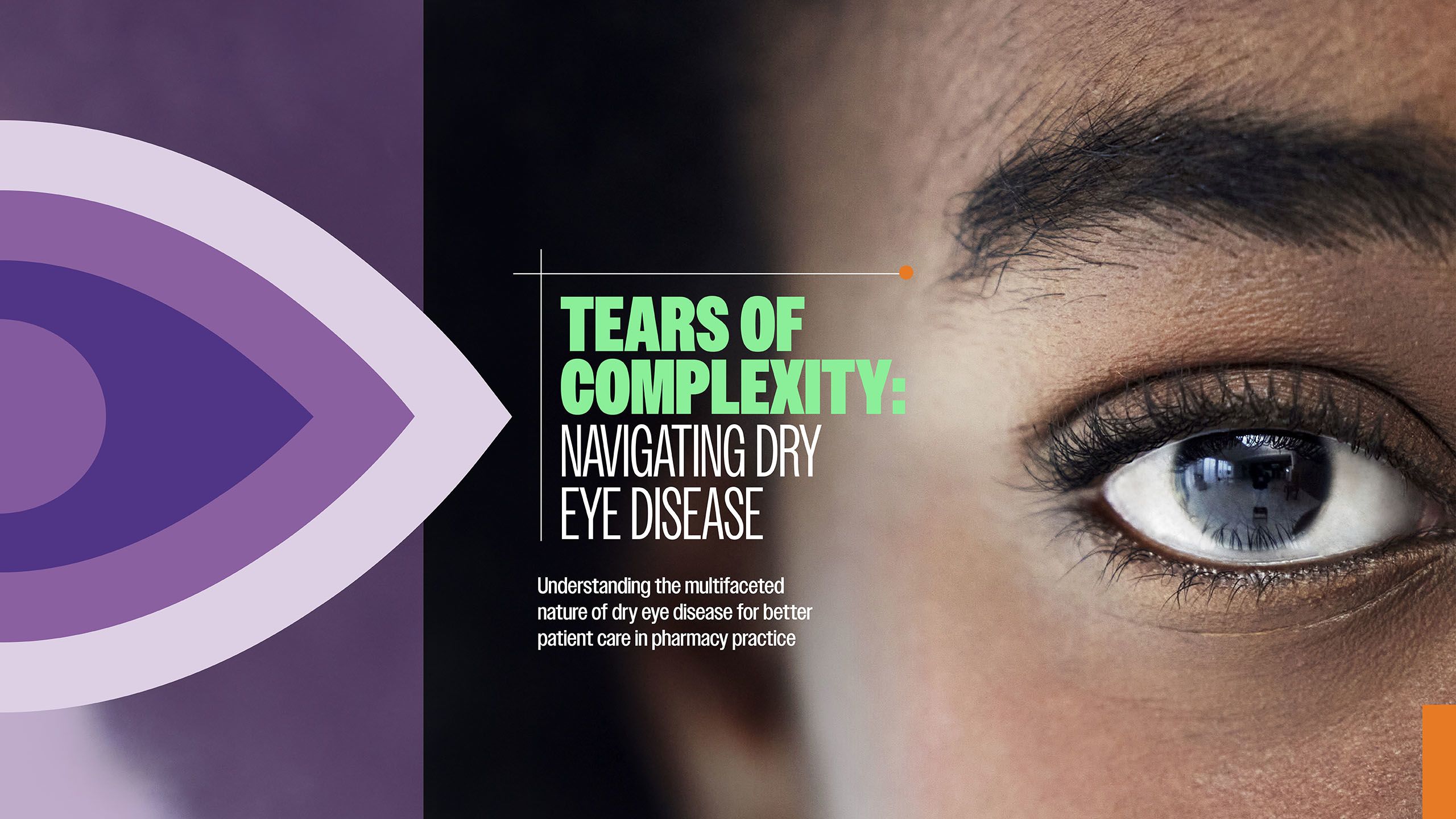
UNDERSTANDING DRY EYE DISEASE: A COMPREHENSIVE GUIDE FOR PHARMACISTS
Dry eye disease (DED) is a multifactorial condition of the ocular surface characterised by a loss of homeostasis of the tear film. This condition is accompanied by ocular symptoms in which tear film instability, hyperosmolarity, ocular surface inflammation and damage, and neurosensory abnormalities play etiological roles.1
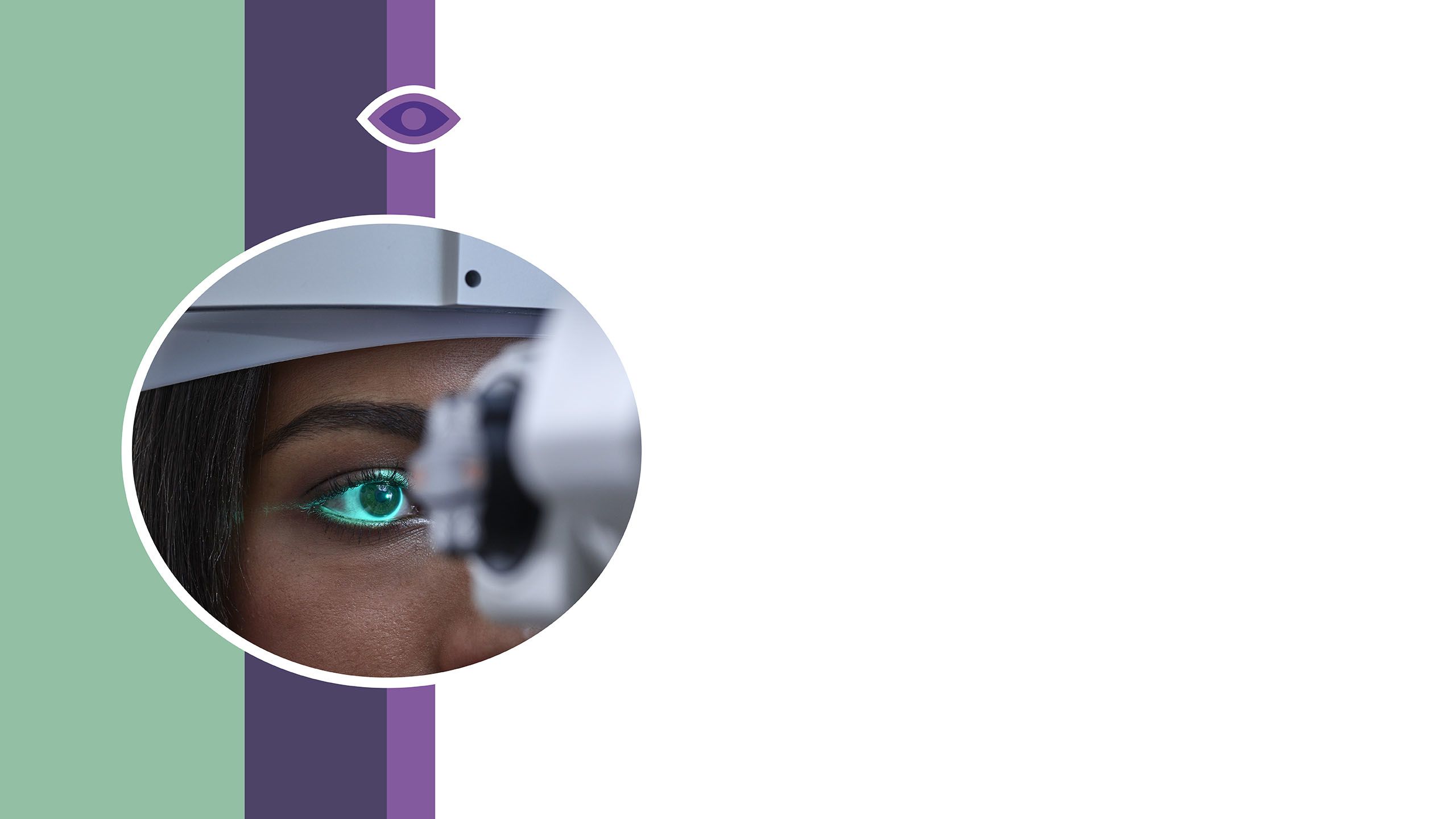
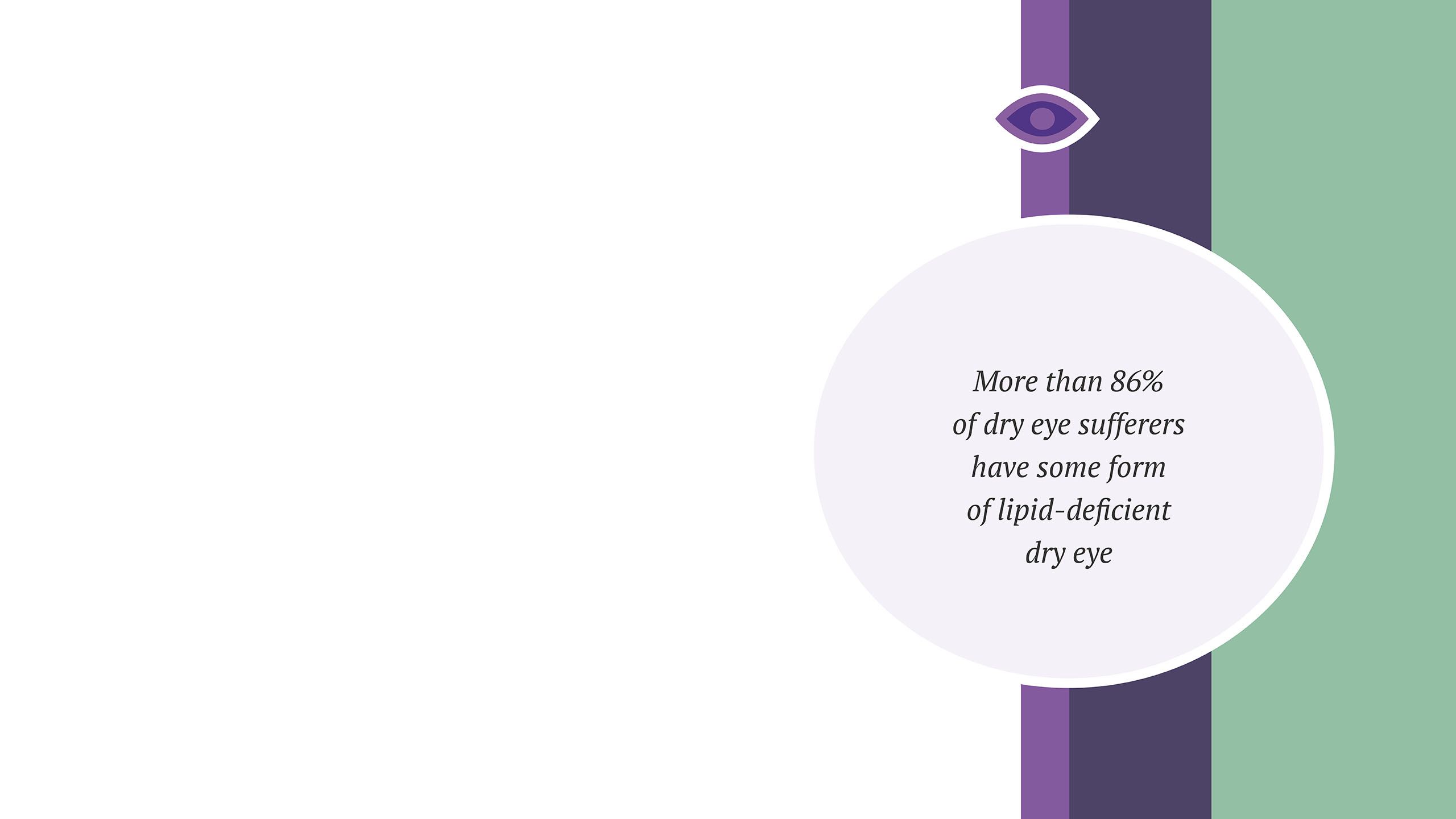

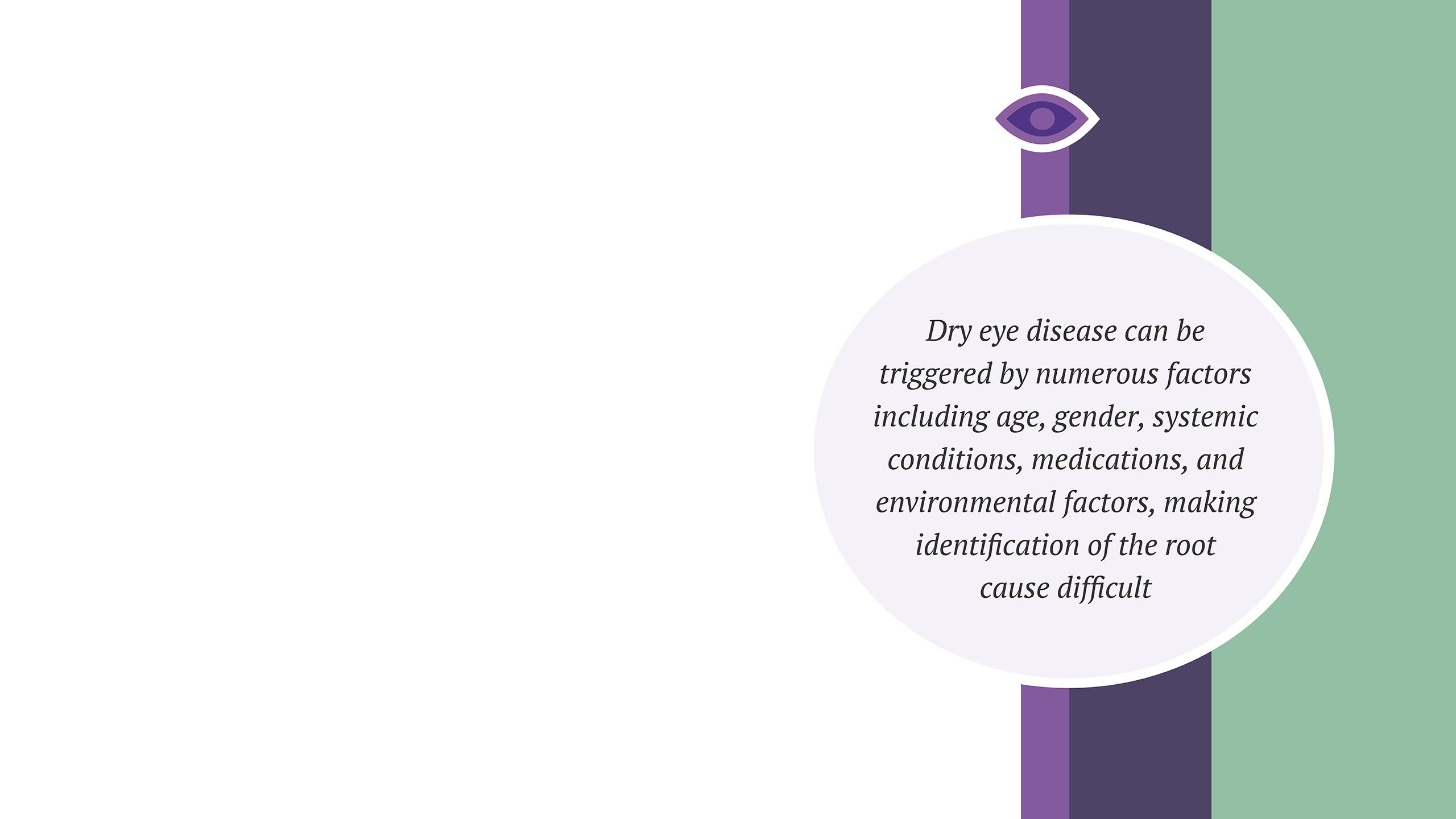
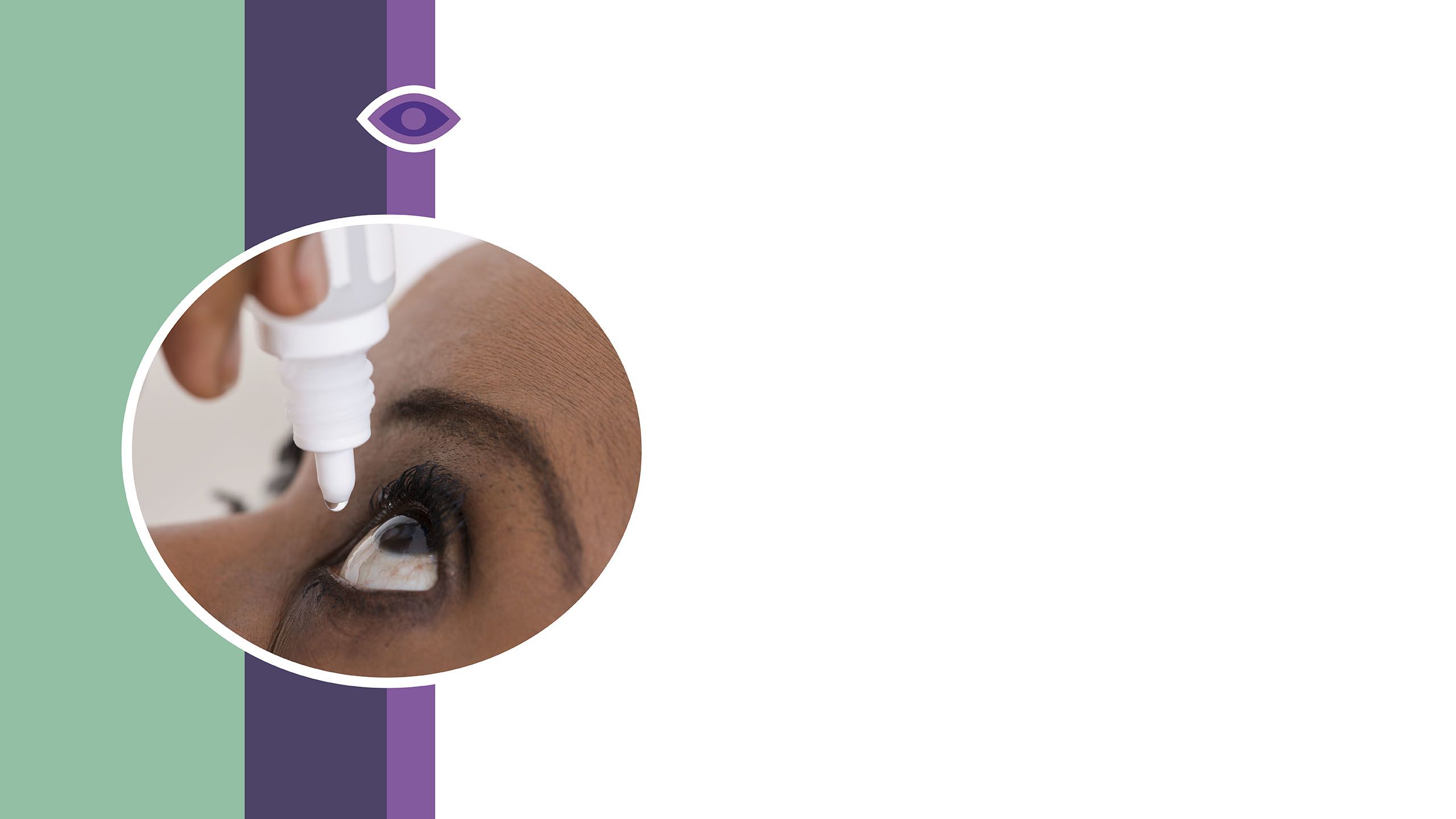
TYPES OF DRY EYE DISEASE
DED can be categorised into three main subtypes:1,2,3
- Aqueous-deficient dry eye (ADDE): Characterised by decreased lacrimal secretions due to damage or dysfunction of the lacrimal glands. This accounts for approximately 14% of dry eye cases.
- Evaporative dry eye (EDE): Results from a decline in tear quality due to intrinsic or extrinsic factors that cause increased tear evaporation. Meibomian gland dysfunction (MGD) is a primary cause. This represents approximately 36% of cases.
- Mixed dry eye (MDE): Exhibits signs of both ADDE and EDE and is the most common form, accounting for about 50% of all dry eye cases.
More than 86% of dry eye sufferers have some form of lipid-deficient dry eye (including both evaporative and mixed types). However, less than one-third of available products specifically target lipid deficiency.4
COMMON SYMPTOMS OF DRY EYE DISEASE
Patients with DED may present with a variety of symptoms, including: 5
- Dryness and discomfort
- Burning or stinging pain
- Sandy or gritty feeling
- Itching and scratchiness
- Blurry vision that may clear on blinking
- Light sensitivity
- Redness and soreness
- Paradoxically, watery eyes
- Tiredness and an achy feeling
- Swollen eyelids and stickiness
These symptoms can significantly impact quality of life. Studies have shown that patients with dry eye were 2-3 times more likely to report difficulties in daily activities such as watching TV, driving at night, reading, and working at a computer compared to those without dry eye.4,5,6,7,8
DIAGNOSTIC CHALLENGES IN THE PHARMACY SETTING
Diagnosing dry eye in a pharmacy setting presents several challenges:
- Multiple causes: DED can be triggered by numerous factors including age, gender, systemic conditions, medications, and environmental factors, making identification of the root cause difficult.5,9
- Subjective symptoms: Many symptoms are subjective and may overlap with other ocular conditions.5
- Variable presentation: Symptoms can vary in severity and may not correlate with clinical signs.10
- Comorbidities: DED is often associated with other conditions such as rheumatoid arthritis, Sjögren syndrome, diabetes, rosacea, or blepharitis, requiring broader health consideration.5,9
THE NEED FOR COMPREHENSIVE DRY EYE RELIEF
Given that the majority of dry eye patients have some form of lipid deficiency,4 yet most available products address only aqueous deficiency,12 there is a clear need for more comprehensive treatment options. An ideal dry eye treatment should:
- Address multiple mechanisms: Target both aqueous and lipid layer deficiencies to help restore tear film stability.4,12,13,14
- Provide symptomatic relief: Effectively alleviate the diverse range of symptoms experienced by patients.4
- Support long-term ocular health: Not only provide immediate relief but also support the overall health of the ocular surface.15
- Be suitable for various causes: Work effectively regardless of whether the dry eye is primarily aqueous-deficient, evaporative, or mixed in nature.4,13
Artificial tears are typically considered the first-line treatment for DED.3,11 The ideal formulation should be buffered solutions containing electrolytes, surfactants, and one or more viscosity agents or lubricants. These can increase tear film stability, improve visual acuity, enhance contrast sensitivity and optical quality of the surface, and reduce ocular surface stress.16,17
Pharmacists play a crucial role in helping patients identify and manage DED. Understanding the different types of dry eye, recognising symptoms, acknowledging diagnostic limitations, and recommending appropriate comprehensive treatments are essential skills in providing optimal care for dry eye patients.
REFERENCES
- Craig JP, Nichols KK, Akpek EK, et al. TFOS DEWS II Definition and Classification Report. Ocul Surf. 2017;15(3):276-283.
- Ocul Surf. 2007;International Dry Eye Workshop. 5:65-204.
- Messmer EM. The pathophysiology, diagnosis, and treatment of dry eye disease. Dtsch Arztebl Int. 2015;112(5):71-82.
- Lemp MA, Crews LA, Bron AJ, Foulks GN, Sullivan BD. Distribution of aqueous-deficient and evaporative dry eye in a clinic-based patient cohort: a retrospective study. Cornea. 2012;31:472–478.
- Stapleton F, Alves M, Bunya VY, et al. TFOS DEWS II Epidemiology Report. Ocul Surf. 2017;15(3):334-365.
- Miljanović B, Dana R, Sullivan DA, Schaumberg DA. Impact of dry eye syndrome on vision-related quality of life. Am J Ophthalmol. 2007;143(3):409-415.
- Schiffman RM, Walt JG, Jacobsen G, Doyle JJ, Lebovics G, Sumner W. Utility assessment among patients with dry eye disease. Ophthalmology. 2003;110(7):1412-1419.
- Torrance GW. Utility approach to measuring health-related quality of life. J Chronic Dis. 1987;40(6):593-603.
- Bron AJ, de Paiva CS, Chauhan SK, et al. TFOS DEWS II pathophysiology report. Ocul Surf. 2017;15(3):438-510.
- Kyei S, Dzasimatu SK, Asiedu K, et al. Association between dry eye symptoms and signs. J Curr Ophthalmol. 2018;30(4):321-325.
- Ribeiro MVMR, Barbosa FT, Ribeiro LEF, Sousa-Rodrigues CF, Ribeiro EAN. Effectiveness of using preservative-free artificial tears versus preserved lubricants for the treatment of dry eyes: a systematic review. Arq Bras Oftalmol. 2019;82(5):436-445.
- IRI, Total MULO, 52wk ending 5.23.2021; Lipid = Systane Complete, Systane Balance, Refresh Optive Advanced, Retain MGD, Refresh Optive Mega-3.
- Perry HD. Dry eye disease: pathophysiology, classification, and diagnosis. Am J Manag Care. 2008;14(3 suppl):S79-S87.
- Nelson JD, Craig JP, Akpek EK, et al. TFOS DEWS II Introduction. Ocul Surf. 2017;15(3):269-275.
- Phadatare SP, et al. A comprehensive review on dry eye disease: diagnosis, medical management, recent development, and future challenges. Advances in Pharmaceutics. 2015:1-12.
- Benelli U. Systane lubricant eye drops in the management of ocular dryness. Clin Ophthalmol. 2011:5;783-790.
- Nilforoushan MR, Latkany RA, Speaker MG. Effect of artificial tears on visual acuity. Am J Ophthalmol. 2005;140(5):830-835.
Image Credit: Getty Images


